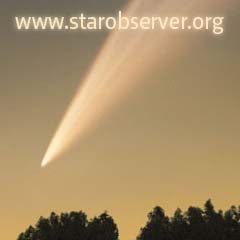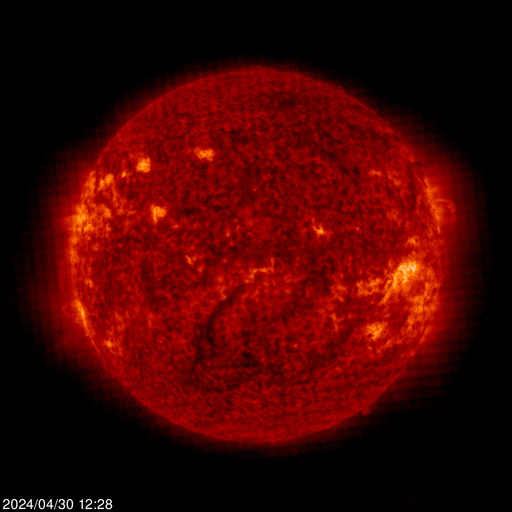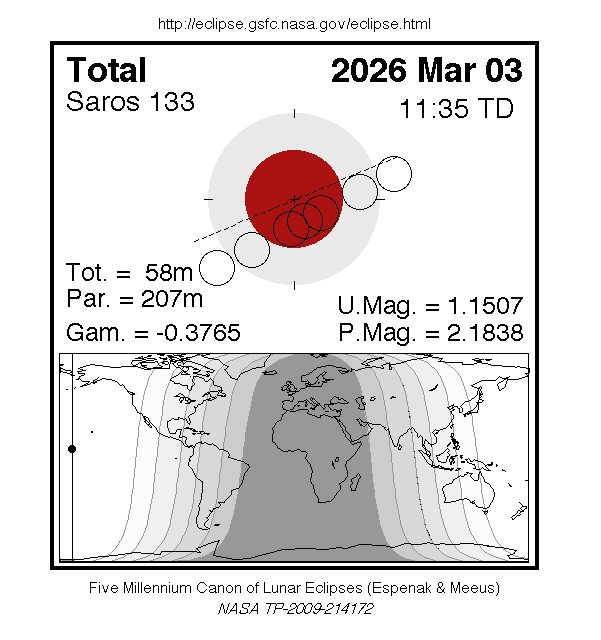on my webpage! I am an experienced spacecraft analyst at the European Space Operations Centre via Telespazio Germany GmbH. Currently, I am the analyst for the X-ray astronomy mission XMM-Newton, but have worked as an analyst for almost all Earth Explorer spacecrafts previously. In the past I have worked as an astrophysicist studing accreting neutron stars and cosmological neutrino sources. For more details please have a look at the “About me” menu.
ESA Space Science News
ESA observations of interstellar comet 3I/ATLAS
05/12/2025
The European Space Agency (ESA) reacted promptly to the discovery of comet 3I/ATLAS on 1 July 2025. Soon after they were alerted to its existence by automated detection systems, ESA astronomers began using ground-based telescopes in Hawaii, Chile, and Australia to monitor its progress.Since then, the comet has been observed by space telescopes close to Earth, including the NASA/ESA Hubble Space Telescope and the NASA/ESA/CSA James Webb Space Telescope.In recent months, ESA has turned interplanetary voyagers Mars Express, ExoMars Trace Gas Orbiter and the Jupiter Icy Moons Explorer (Juice) in the direction of the comet to make further observations from excellent vantage points.Follow the links below for more information.
Read more
Funding boost unlocks future space science programme
10/12/2025
In its 50th anniversary year, European Space Agency (ESA) Member States have recommitted to space science. A historic budget increase for the Science Programme of 3.5% per year through to 2028, in addition to inflation, will enable some of the most ambitious missions ever, and bolster European leadership in space science.
Read more
Webb identifies earliest supernova to date
09/12/2025
The NASA/ESA/CSA James Webb Space Telescope has confirmed the source of a super-bright flash of light known as a gamma-ray burst, generated by an exploding massive star when the Universe was only 730 million years old. For the first time for such a remote event, the telescope provided a detection of the supernova’s host galaxy. Webb’s quick-turnaround observations verified data taken by telescopes around the world that had been following the gamma-ray burst since it onset, which occurred in mid-March.
Read more
Flaring black hole whips up ultra-fast winds
09/12/2025
Leading X-ray space telescopes XMM-Newton and XRISM have spotted an extraordinary blast from a supermassive black hole. In a matter of hours, the gravitational monster whipped up powerful winds, flinging material out into space at eye-watering speeds of 60 000 km per second.
Read more
Hubble reobserves 3I/ATLAS
05/12/2025
The NASA/ESA Hubble Space Telescope reobserved interstellar comet 3I/ATLAS on 30 November with its Wide Field Camera 3 instrument.
Read more
Comet 3I/ATLAS shows activity in Juice navigation camera teaser
04/12/2025
During November 2025, ESA’s Jupiter Icy Moons Explorer (Juice) used five of its science instruments to observe 3I/ATLAS.
Read more
A martian butterfly flaps its wings
03/12/2025
Is it an insect? A strange fossil? An otherworldly eye, or even a walnut? No, it’s an intriguing kind of martian butterfly spotted by ESA’s Mars Express.
Read more
Sun-watcher SOHO celebrates thirty years
02/12/2025
On 2 December 1995 the ESA/NASA Solar and Heliospheric Observatory (SOHO) blasted into space – on what was supposed to be a two-year mission. From its outpost 1.5 million km away from Earth in the direction of the Sun, SOHO enjoys uninterrupted views of our star. It has provided a nearly continuous record of our Sun’s activity for close to three 11-year-long solar cycles.
Read more
Webb observes a dance of dwarf galaxies
02/12/2025
For this new ESA/Webb Picture of the Month, the NASA/ESA/CSA James Webb Space Telescope has spied a pair of dwarf galaxies engaged in a gravitational dance.
Read more
Europe’s next mission to Venus – Envision this (introduction)
01/12/2025
Meet Envision.
Read more
Good to go – Let's Smile (episode 4)
21/11/2025
Smile is a brand-new space mission currently in the making.
Read more
The epic adventures of BepiColombo - Part 2: It’s a long way to Mercury
21/11/2025
Bepi, Mio and MTM’s adventures continue! What have they achieved on their extraordinary journey to Mercury, planet of extremes and mysteries?
Read more
A solar prominence hovers over the Sun
14/11/2025
The Sun is always mesmerising to watch, but Solar Orbiter captured a special treat on camera: a dark ‘prominence’ sticking out from the side of the Sun.
Read more
Swoosh!
06/11/2025
When a meteoroid shook the edge of Apollinaris Mons on Mars, it triggered streaks that carved a hundred new scratches on the surface.
Read more
Euclid peers through a dark cloud’s dusty veil
05/11/2025
This shimmering view of interstellar gas and dust was captured by the European Space Agency’s Euclid space telescope.
Read more





